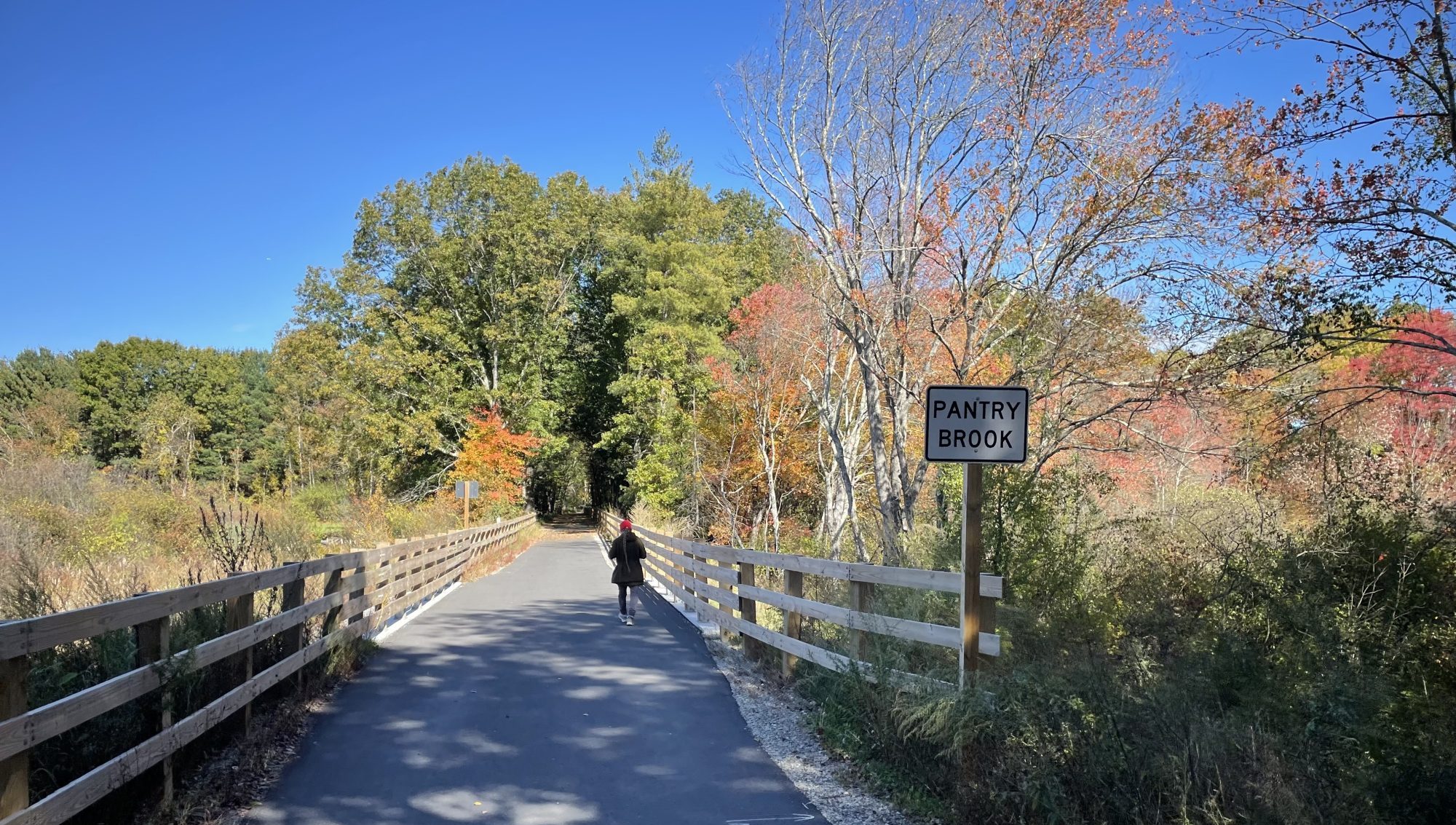Gina Fiandaca, of East Boston, will be coming back to Massachusetts to serve as the Commonwealth’s next transportation secretary after three years in Austin, Texas, where she served as assistant city manager overseeing the capital city’s mobility initiatives.
Under the new administration of Massachusettts Governor Maura Healey, Fiandaca will replace Jamey Tesler, who was appointed by Governor Charlie Baker in the summer of 2021.
As the new leader of MassDOT, Fiandaca will be the point person for implementing Gov. Healey’s ambitious transportation campaign promises, which included ideas like electrifying the commuter rail network, implementing a low-income fare program, and expanding fare-free buses.
And because transportation is the state’s biggest source of climate-heating pollutants, Fiandaca will also hold considerable responsibility for the success of Healey’s ambitious climate agenda.
Before she left for Texas, Fiandaca, who did not respond to an interview request for this story, served as commissioner of the City of Boston’s Transportation Department in then-Mayor Marty Walsh’s administration.
During her tenure in Boston City Hall, the city adopted Go Boston 2030, a long-term transportation plan that envisioned “a city in a region where all residents have better and more equitable travel choices, where efficient transportation networks foster economic opportunity, and where the City has taken steps to prepare for climate change.”
Stacy Thompson, executive director of LivableStreets Alliance, a Boston-based transportation non-profit, told StreetsblogMASS that “Gina was always friendly and collaborative. She served as commissioner while Go Boston 2030 was being drafted, so we didn’t have very much time to see her in action implementing the plan” (editor’s note: Thompson also serves on the StreetsblogMASS board of directors).
In the the Lone Star state’s capital city, Fiandaca oversaw several city departments, including transportation and public works, and was in charge of implementing Austin’s “Mobility Outcome” – to “make our city and transportation network accessible and reliable for all members of our community” – from the city’s strategic plan.
Since she joined Austin’s City Hall in May 2019, Fiandaca has had a hand in several key Austin initiatives, including Project Connect, the city’s high-capacity transit system expansion, which includes light rail lines, a downtown subway, an expanded bus system, park and rides, and an all-electric fleet.
Alongside Austin Mayor Steve Adler and others, Fiandaca served on the Board of Directors of the Austin Transit Partnership, an independent local government corporation tasked with implementing Project Connect.
In 2020, Fiandaca’s first full year as assistant city manager, the Austin Transportation Department implemented a number of public transit and cycling initiatives, including painting red bus lanes to 26 blocks of the city, and completing 15 miles of new and improved bikeways.
By mid-2021, the transportation department completed 50% of its All Ages and Abilities Bicycle Network.
In 2022, the Corridor Program Office, also under Fiandaca’s purview, launched a community outreach campaign to build awareness and receive feedback on the pre-design phase of Our Future 35, a community-centered initiative to build new city infrastructure and co-create public spaces over the I-35 highway.
Our Future 35 was the city’s response to a proposal from the Texas Department of Transportation (TxDOT) to widen and lower portions of I-35 through central Austin, a highway separating the central and east sides of the city and dividing neighborhoods along racial and economic lines established by the city’s 1928 Master Plan.
In a letter to TxDOT, on behalf of the City of Austin, Fiandaca urged the state agency to take into account Austin’s future mobility landscape and reconsider its plans to expand I-35, the most congested segment of freeway in Texas, according to the Texas Transportation Institute.
In the letter, Fiandaca references Austin’s Strategic Mobility Plan, a guiding document approved by the city to shape the next 20 years of the capital’s transportation projects and policies.
Like Go Boston 2030, that plan targets a dramatic reduction in driving trips, and corresponding increases in transit, walking, and biking trips, by 2039.
“As the region continues to grow, and Austin’s transportation network continues to mature with supporting high-capacity transit and all ages and abilities bicycle systems, it is critical that we recognize achieving this mode shift is absolutely necessary for the health, safety and prosperity of the entire region,” wrote Fiandaca.
“We understand that we cannot build ourselves out of congestion by expanding unmanaged capacity for single-occupancy vehicles. Instead, we believe we must do everything possible to shift travel demand from driving alone to other forms of transportation,” she added.
While her work expanding the bicycle network and working with state agencies in Austin sounds promising for how she will lead transportation efforts in the commonwealth, some Austinites have been ambivalent about her time in the live music capital of the world.
In The Austin Politics Newsletter, Jack Craver, a freelance writer covering politics, land use and transportation, alleged that “many who worked at the (Austin) Transportation Department said Fiandaca, who was hired in May of 2019, was a largely absentee boss who showed little interest in pushing for mobility change. Her departure was greeted with a shrug from current and former ATD employees.”






